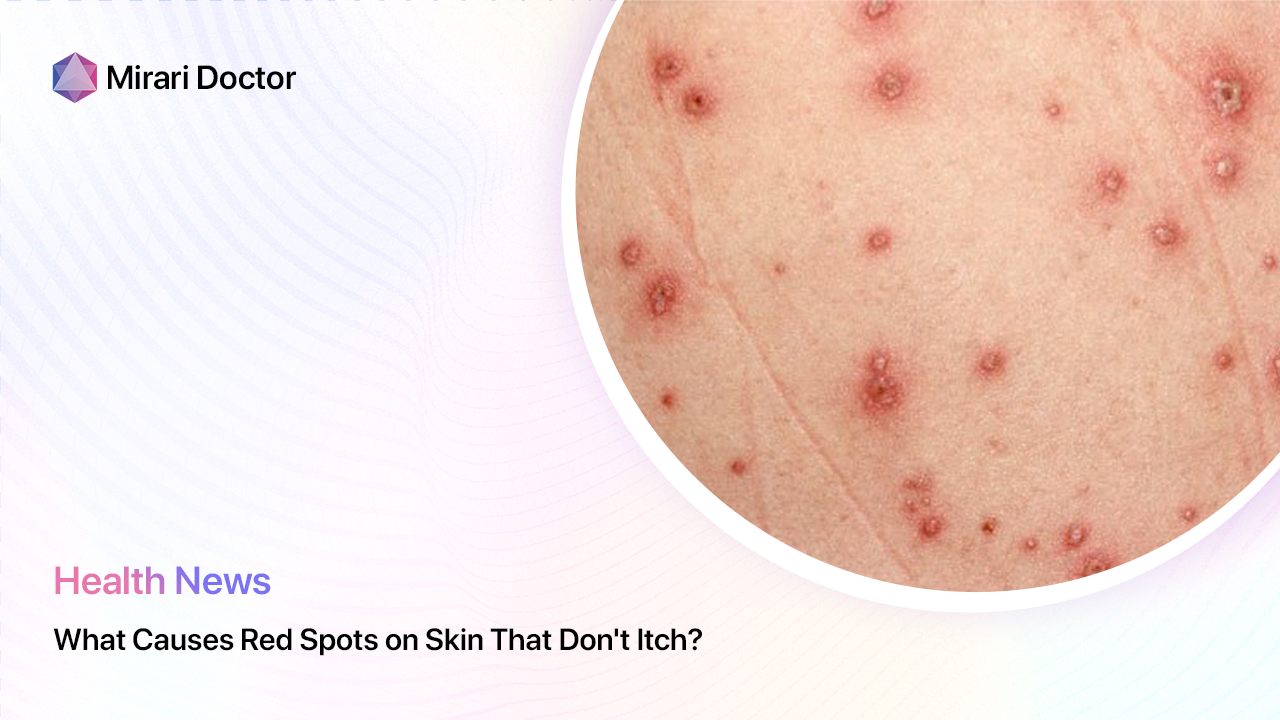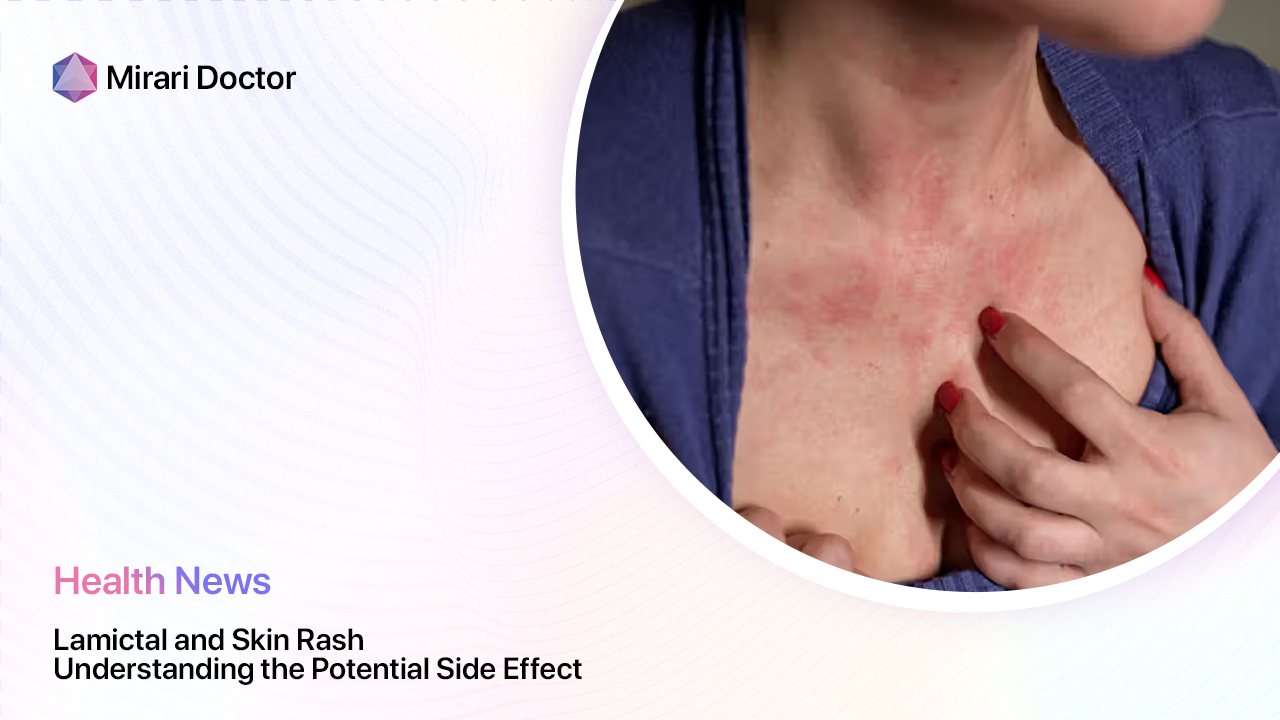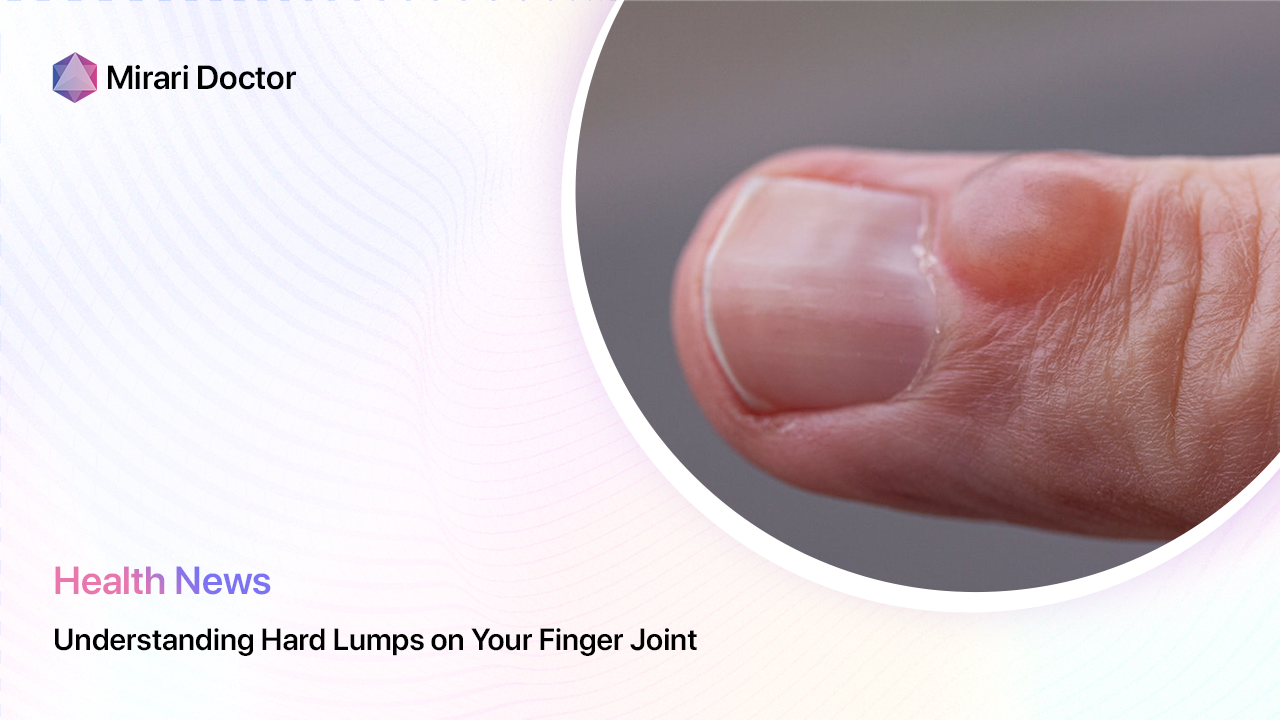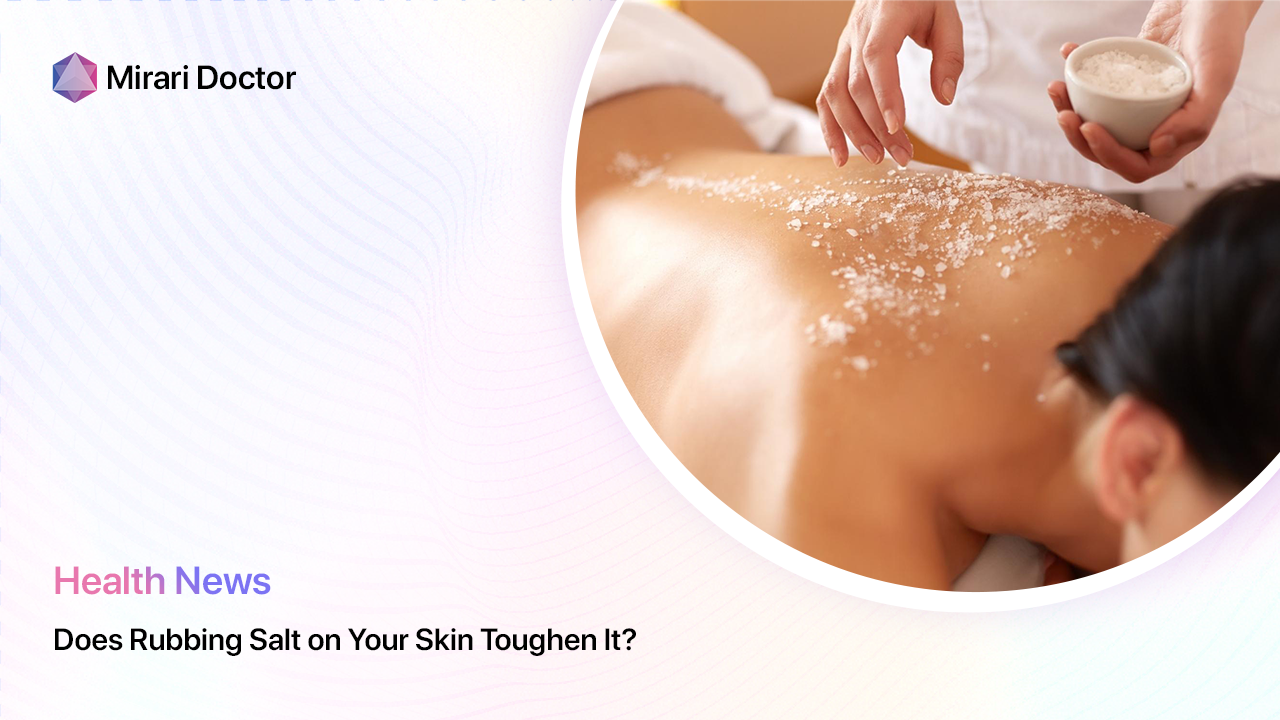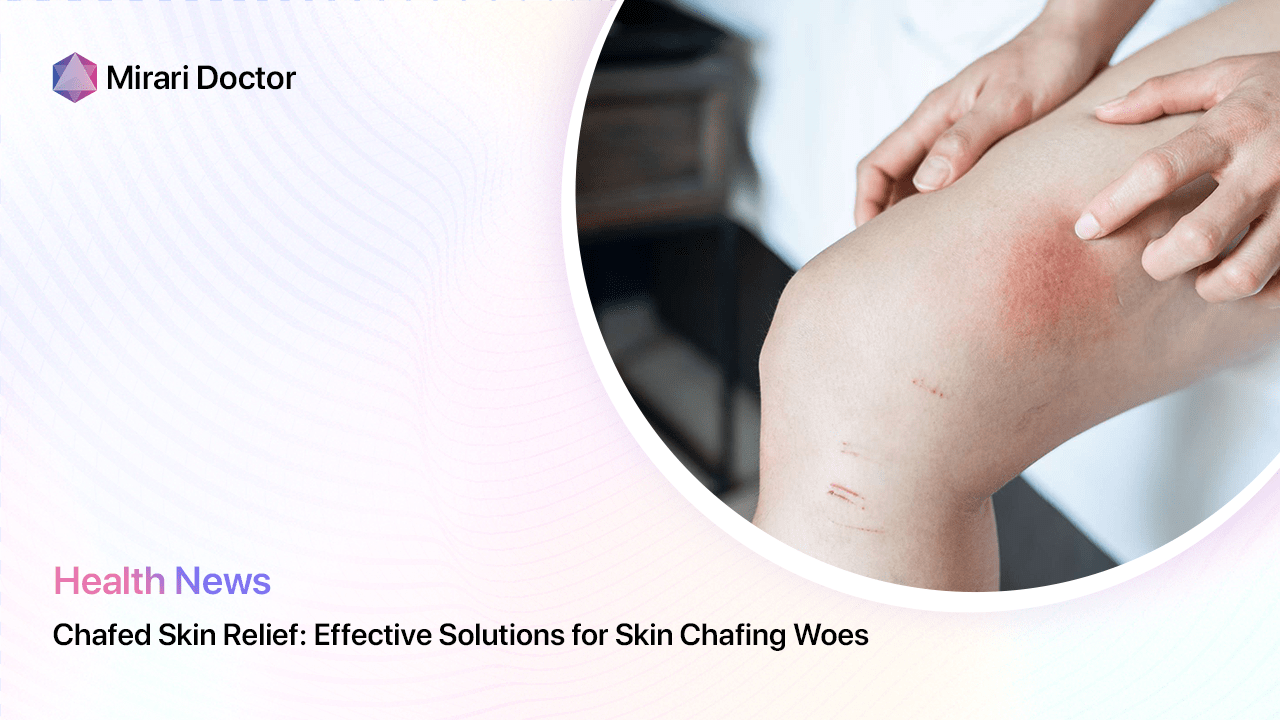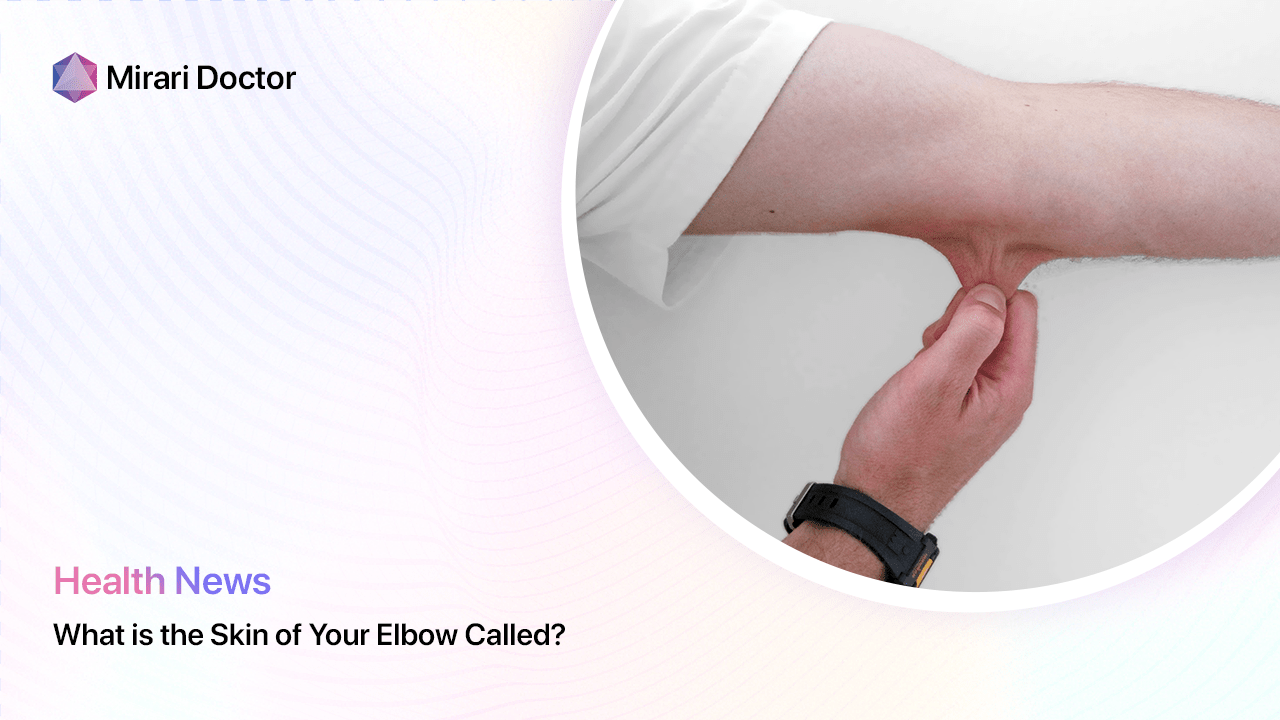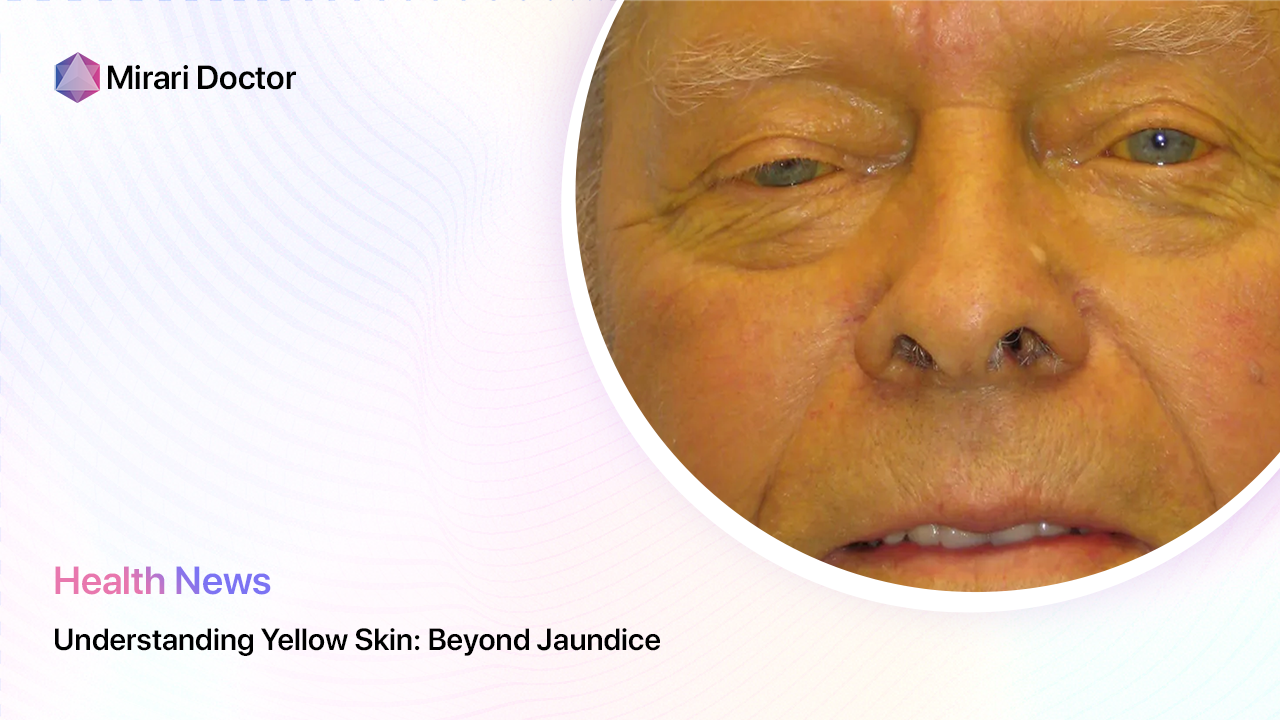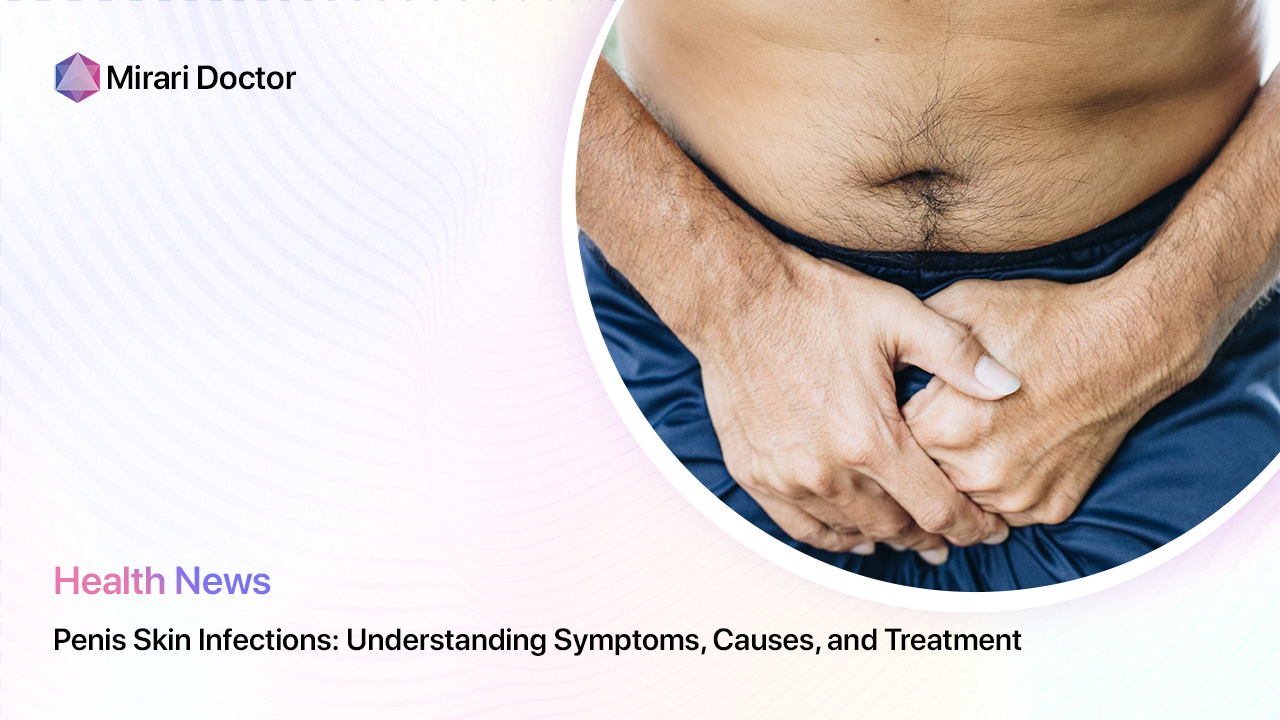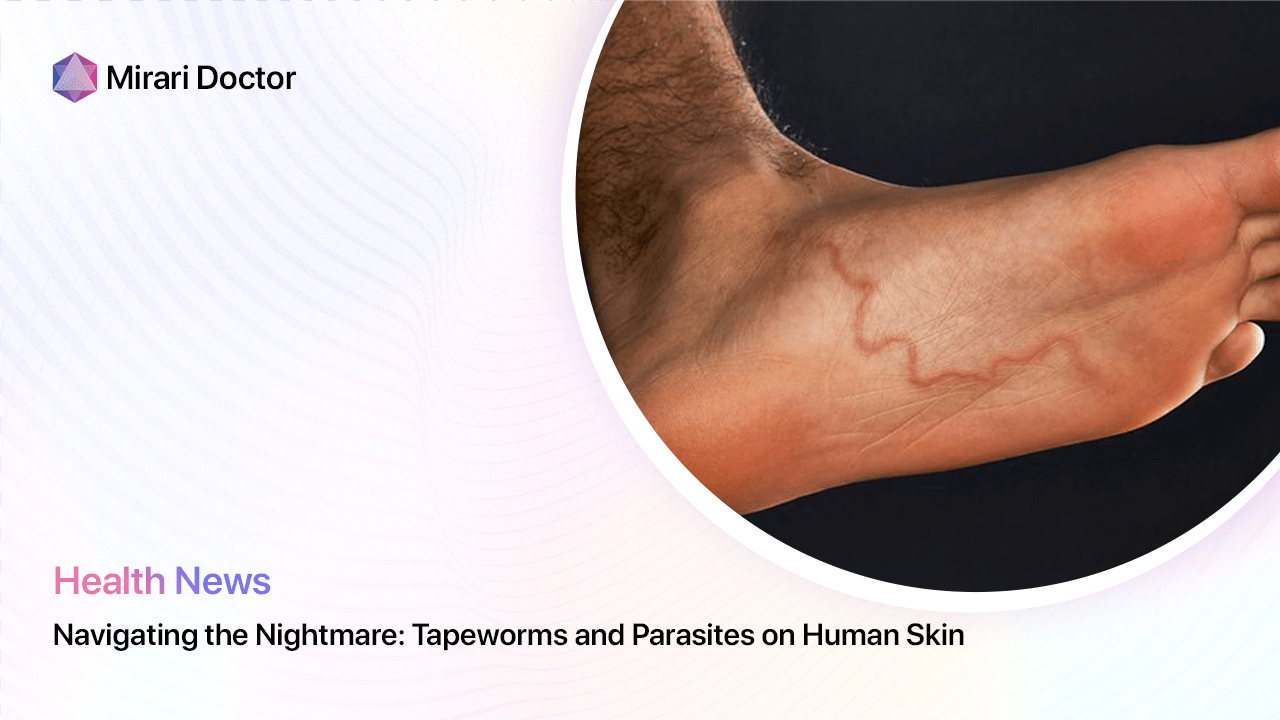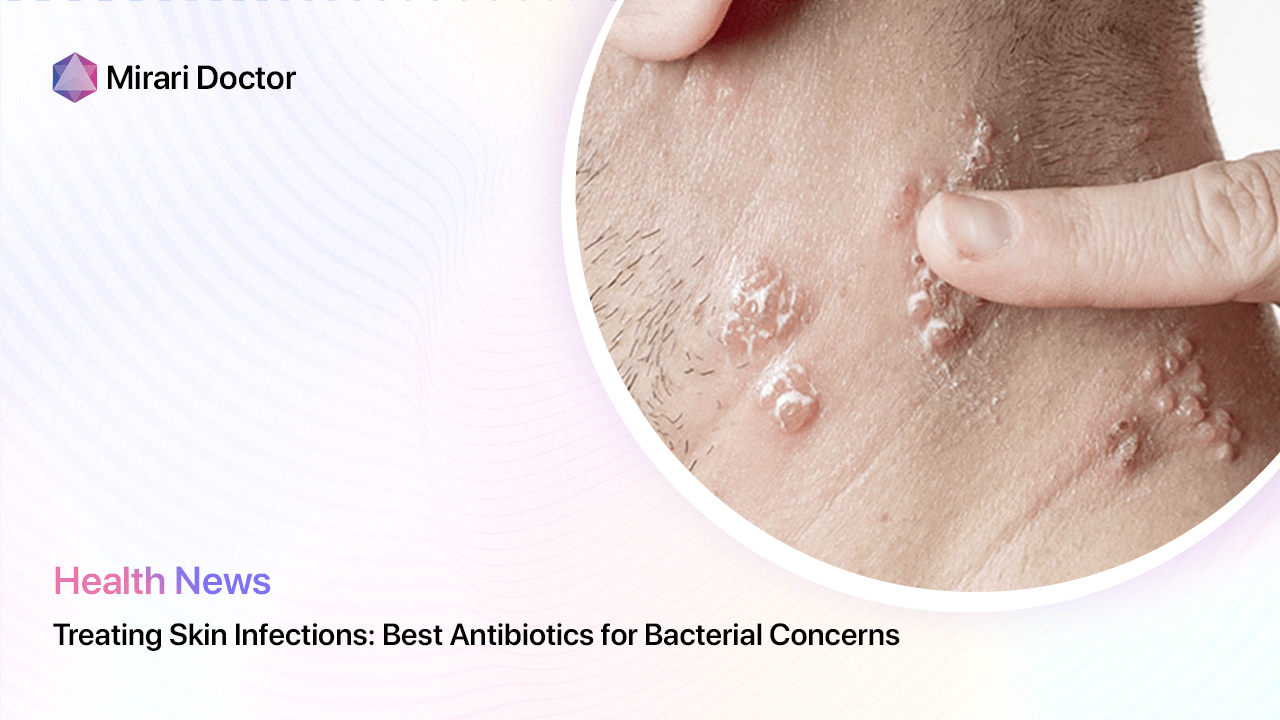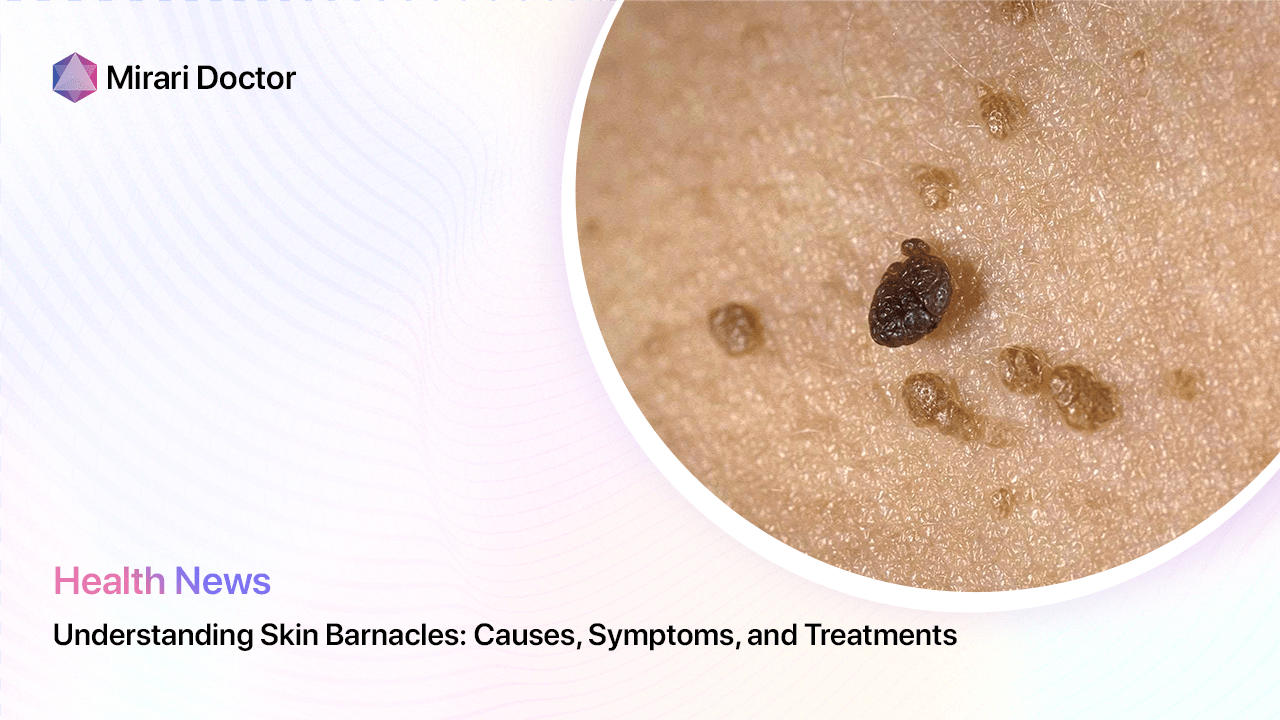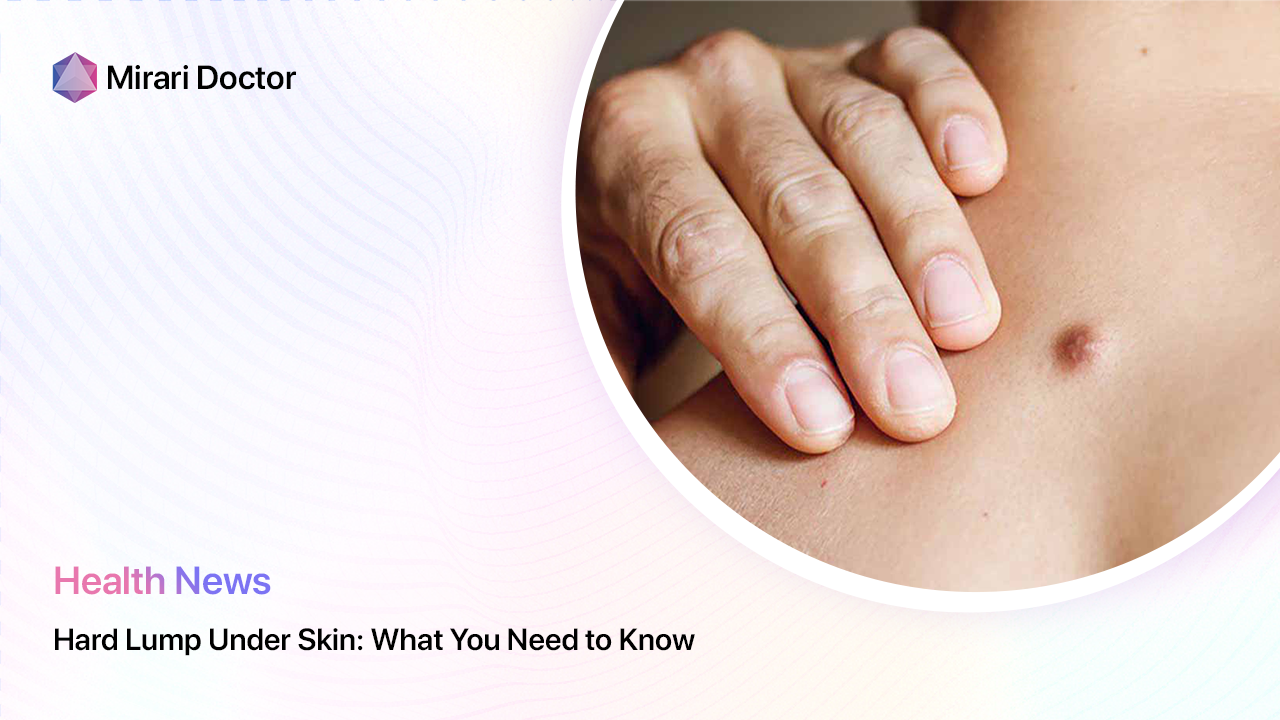
Finding a hard lump under the skin can be concerning, but it’s important to stay calm. Most lumps are benign (non-cancerous) and harmless. However, understanding the potential causes, symptoms, and treatment options is crucial for managing your health effectively. This article will provide you with a comprehensive overview of hard lumps under the skin, empowering you with the knowledge to make informed decisions about your well-being.
Understanding Hard Lumps Under the Skin
Hard lumps under the skin can have various causes, ranging from harmless cysts to more serious conditions like cancer. It’s essential to be aware of the different types of lumps and their characteristics to determine the appropriate course of action.
Common Causes of Hard Lumps
- Cysts: Cysts are closed sacs filled with fluid, pus, or other material. They can develop anywhere on the body and often feel like hard, round lumps under the skin. Common types include:
- Epidermoid cysts (sebaceous cysts): Filled with keratin, a protein found in skin cells. Commonly found on the face, neck, and trunk.
- Pilar cysts: Formed from hair follicles and contain keratin. Common on the scalp.
- Lipomas: Lipomas are slow-growing, benign (non-cancerous) fatty lumps that are soft to the touch initially but can feel hard as they grow larger. They are moveable under the skin and commonly found on the neck, shoulders, back, and arms.
- Dermatofibromas: These hard, red-brown lumps develop from a minor injury to the skin and contain fibrous tissue. They are most commonly found on the legs and arms.
- Swollen Lymph Nodes: Lymph nodes can swell and feel like hard lumps, especially when there is an infection. Swollen nodes are often tender or painful to the touch.
- Abscesses: An abscess is a swollen area within body tissue containing an accumulation of pus. Abscesses under the skin can feel like hard, painful lumps.
While most hard lumps are benign, it’s essential to have any new or changing lump evaluated by a doctor to rule out more serious conditions like skin cancer.
Evaluating Hard Lumps Under the Skin
If you notice a hard lump under the skin, it’s crucial to monitor it closely and look out for the following symptoms:
- Size: Is the lump growing larger?
- Appearance: Has the lump changed in color, shape, or texture?
- Pain: Is the lump painful or tender to the touch?
- Drainage: Is there any fluid or pus leaking from the lump?
- Additional symptoms: Are you experiencing fever, weight loss, or other concerning symptoms?
If you observe any changes or have concerns about the lump, it’s advisable to consult a healthcare professional for proper evaluation and diagnosis.
Diagnostic Tests for Hard Lumps
Your doctor may recommend one or more of the following tests to determine the cause of the hard lump:
- Physical Examination: Your doctor will examine the lump, assess its size, texture, and mobility, and ask about your medical history.
- Imaging Tests:
- Ultrasound: This non-invasive test uses sound waves to create images of the lump and surrounding tissues.
- X-ray: X-rays can help identify calcifications or bone abnormalities associated with certain lumps.
- CT Scan or MRI: These advanced imaging techniques provide detailed images of the lump and its location.
- Biopsy: If cancer is suspected, your doctor may recommend a biopsy, which involves removing a small sample of the lump for laboratory analysis.
It’s important to follow your doctor’s recommendations and undergo any necessary tests to ensure an accurate diagnosis and appropriate treatment plan.
Treatment Options for Hard Lumps Under the Skin
The treatment for hard lumps under the skin depends on the underlying cause and severity of the condition. Here are some common treatment options:
- Monitoring: If the lump is small, non-cancerous, and not causing any discomfort, your doctor may recommend monitoring it for any changes.
- Home Remedies: For certain types of lumps, such as cysts or abscesses, your doctor may suggest home remedies like warm compresses or over-the-counter medications to help reduce inflammation and promote drainage.
Note: Always consult your doctor before trying any home remedies, as some treatments may be ineffective or even harmful in certain cases.
- Medication: If the lump is caused by an infection, your doctor may prescribe antibiotics or anti-inflammatory medications to help treat the underlying condition.
- Drainage or Aspiration: For cysts or abscesses, your doctor may recommend draining or aspirating (removing) the fluid or pus from the lump using a needle or surgical procedure.
- Surgical Removal: In some cases, especially if the lump is large, painful, or potentially cancerous, your doctor may recommend surgical removal. This procedure involves cutting out the entire lump and surrounding tissue.
It’s important to follow your doctor’s instructions carefully and attend all follow-up appointments to ensure proper healing and monitor for any recurrence or complications.
When to Seek Medical Attention
While most hard lumps under the skin are benign, it’s crucial to seek medical attention if you notice any of the following:
- The lump is growing rapidly or changing in appearance.
- The lump is painful, red, or inflamed.
- The lump is accompanied by other symptoms like fever, weight loss, or fatigue.
- The lump is larger than 1 inch (2.5 cm) in diameter.
- The lump is located in a sensitive area, such as the breast or groin.
Seeking prompt medical attention can help ensure an accurate diagnosis and timely treatment, if necessary.
Living with Hard Lumps Under the Skin
If your doctor determines that the hard lump under your skin is benign and does not require treatment, you may need to learn to live with it. Here are some tips for managing a harmless lump:
- Monitor the lump: Regularly check the size, appearance, and any changes in the lump. Report any significant changes to your doctor.
- Avoid irritation: Protect the area from friction or pressure that could cause irritation or discomfort.
- Practice self-care: Maintain a healthy lifestyle, including a balanced diet, regular exercise, and stress management techniques.
- Follow up: Attend regular check-ups with your doctor to ensure the lump remains stable and non-cancerous.
Remember, while most hard lumps under the skin are harmless, it’s essential to stay vigilant and seek medical attention if you have any concerns or notice any changes.
Conclusion
Finding a hard lump under the skin can be concerning, but with the right knowledge and medical guidance, you can effectively manage and understand your condition. By being aware of the potential causes, symptoms, and treatment options, you can take an active role in your health and make informed decisions.
Remember, early detection and prompt medical attention are crucial for ruling out more serious conditions and ensuring timely treatment, if necessary. Don’t hesitate to consult a healthcare professional if you have any concerns or questions about a hard lump under your skin.
Stay informed, stay proactive, and prioritize your well-being.
Key Takeaways:
- Most hard lumps under the skin are benign and harmless, but it’s important to have them evaluated by a doctor.
- Common causes include cysts, lipomas, dermatofibromas, swollen lymph nodes, and abscesses.
- Diagnostic tests like physical exams, imaging, and biopsies can help determine the cause of the lump.
- Treatment options range from monitoring and home remedies to surgical removal, depending on the underlying condition.
- Seek medical attention if the lump is growing, painful, or accompanied by other concerning symptoms.
- With proper medical guidance and self-care, it’s possible to manage and live with a benign hard lump under the skin.
Remember, your health is a priority, and being proactive about any changes in your body can make a significant difference in your overall well-being.
Related articles
Made in USA


